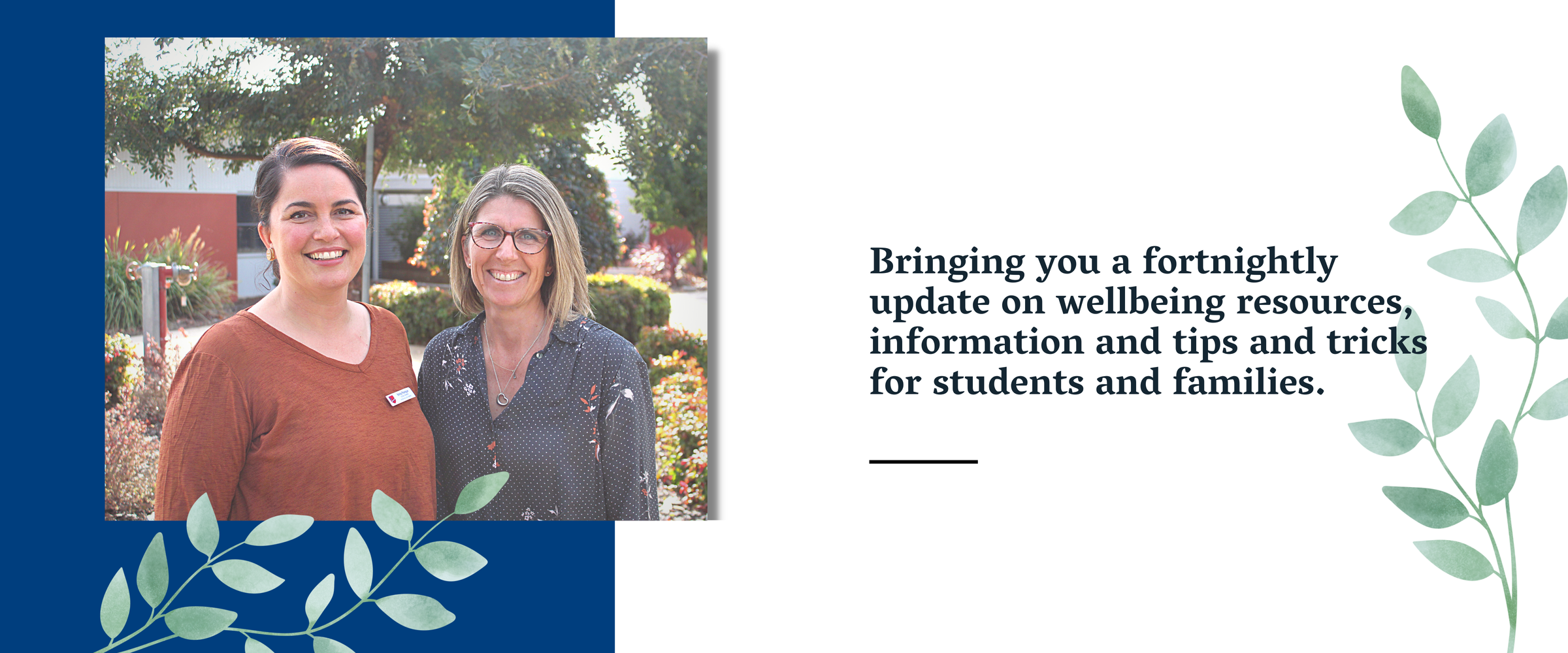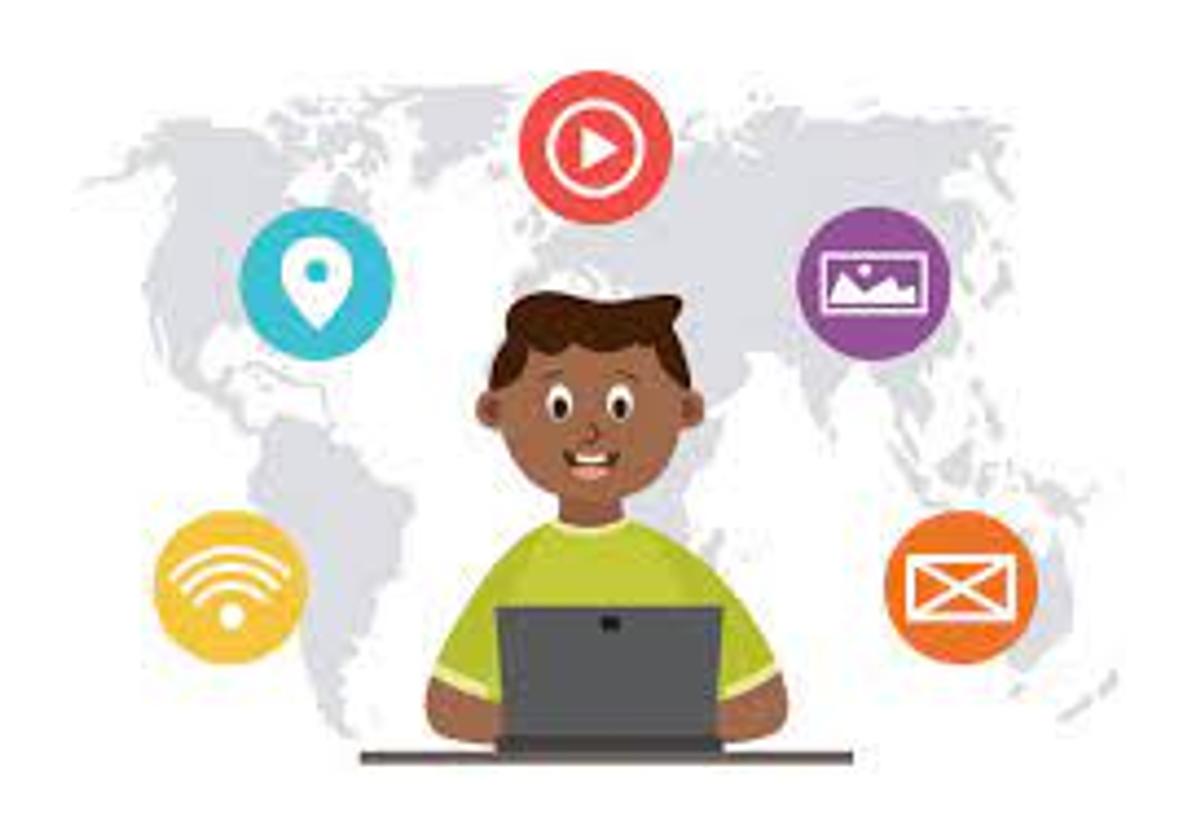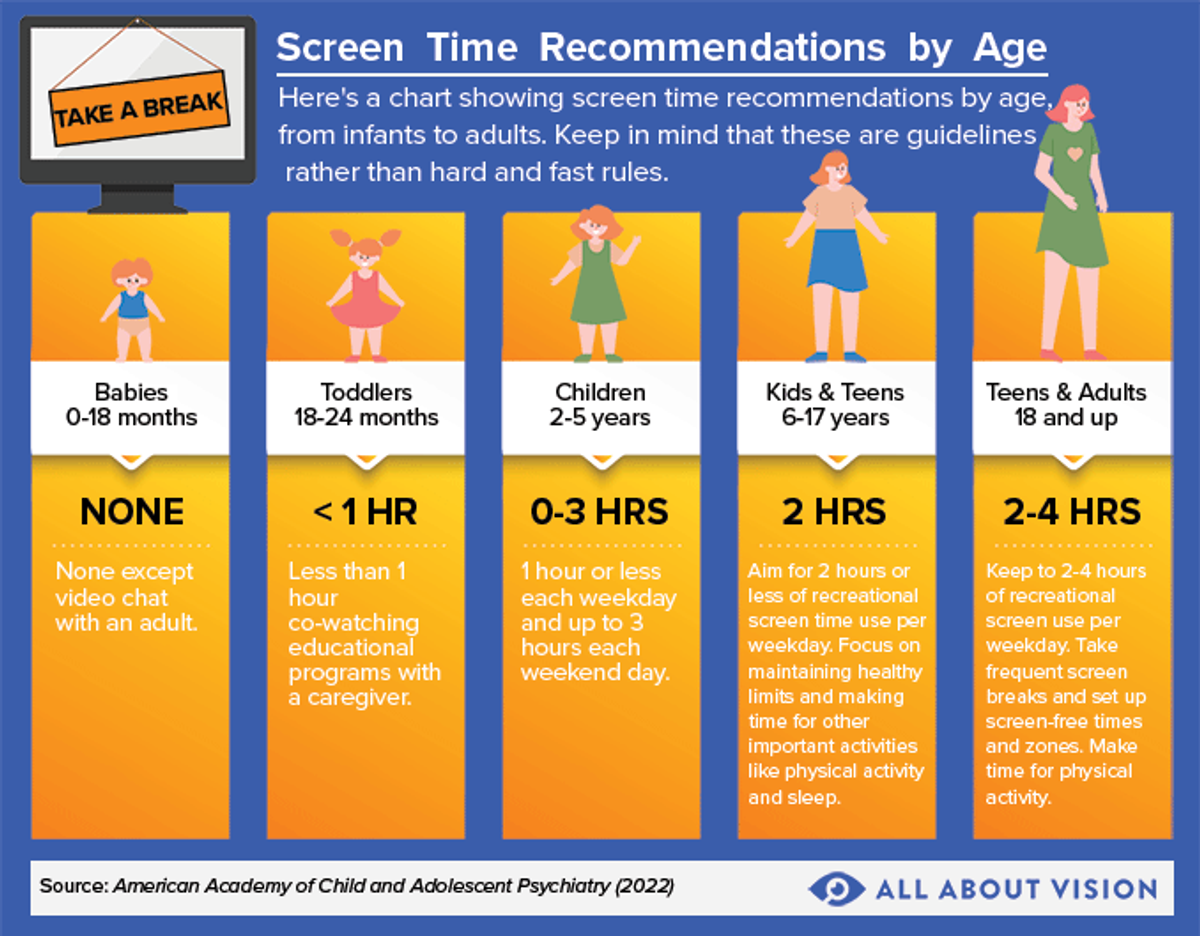All About Wellness
Student Wellbeing

All About Wellness
Student Wellbeing
How to Balance Screen Time
The internet has changed the way we live, work, socialise and relax. It has added an exciting dimension to our lives as we can source and share information quickly, connect with others, play online games and discover downtime. Therefore, ‘screen time’ can be a healthy part of our everyday lives.
However, not all screen time is the same as some online activities can be addictive, less productive and can be unhealthy for us. Some online content maybe distressing and may cause us to not feel good about ourselves and our lives.


How Much is Too Much?
The research is unclear on how much time on screen is too much and there is no magic figure. To find the right balance, the right amount of screen time varies from person to person, and you must consider a person’s age and level of maturity, the kind of content they are consuming, their learning needs and family routines and values.
Signs Screen Time is Becoming Unbalanced and Unhealthy
The amount of time you spend on your screen can easily add up and getting the right balance can be difficult. Too much time on screens can have a negative impact on the individual and their family. Below are some of the signs that may indicate your screen time is becoming excessive. These signs were taken from the esafety website (https://www.esafety.gov.au):
Tips to Keep Screen Time Balanced
It is important to understand when screen time is becoming unbalanced and unhealthy in your life. There are many ways you can get balance back in your life with the below tips:
Screen Time Recommendations
Below are the ‘Screen Time’ recommendations sourced from the American Academy Child & Adolescent Psychiatry:


Click on the below links to gain more information and support:
eSafety: https://www.esafety.gov.au/sites/default/files/2019-06/EC-ESP-screen-time-tips-flyer_0.pdf
Headspace: https://headspace.org.au/assets/21-Screen-time-headspace-fact-sheet-WEB-V2.pdf
Raising Children’s Network: https://raisingchildren.net.au/teens/entertainment-technology/screen-time-healthy-screen-use/healthy-screen-time-teens#1-use-rules-about-screen-use-nav-title
Raising Children’s Network: https://raisingchildren.net.au/preschoolers/play-learning/screen-time-healthy-screen-use/screen-time-physical-problems




Emily Flanigan - Social Worker
Liz Smith - Student Counsellor